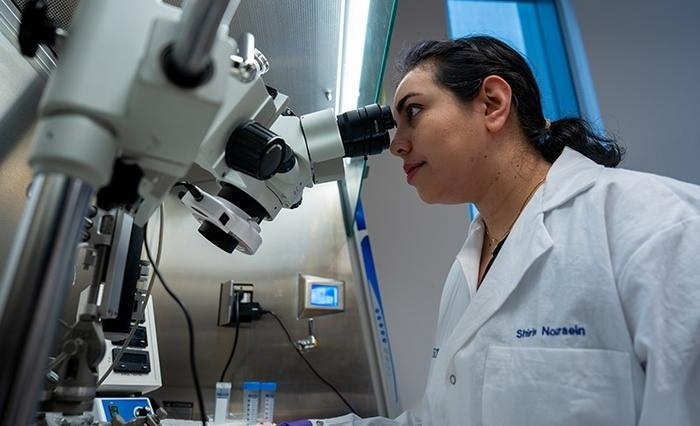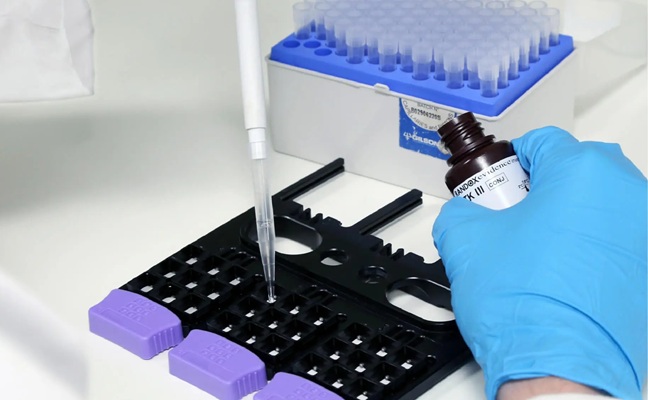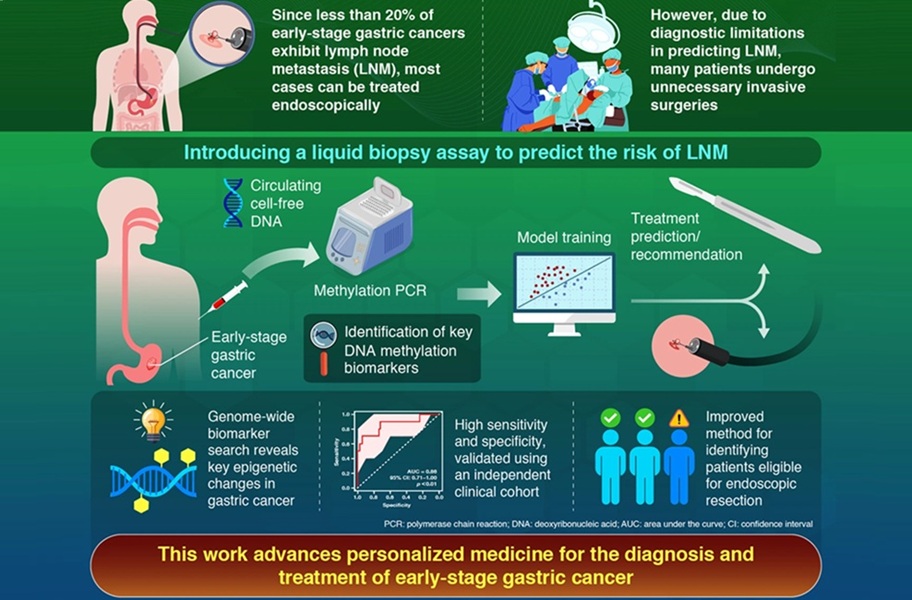Simple Blood Test Could Detect Drug Resistance in Ovarian Cancer Patients
Posted on 14 Nov 2024
Every year, hundreds of thousands of women across the world are diagnosed with ovarian and breast cancer. PARP inhibitors (PARPi) therapy has been a major advancement in treating these cancers, particularly in high-income countries where most patients with homologous recombination deficiency (HRD), a DNA repair deficiency often caused by BRCA1 or BRCA2 mutations, are receiving this treatment. Despite its effectiveness, drug resistance remains a significant challenge in PARPi therapy, as the majority of patients eventually experience relapse. Researchers have now discovered a way to predict which patients are likely to develop resistance to PARPi.
Cancer cells with mutations in genes like BRCA1 can develop resistance to PARPi treatment through a process called splicing. This allows the cancer cells to "bypass" the mutation that the drug targets, thus eliminating the drug's effectiveness and causing resistance. In a groundbreaking study led by The Walter and Eliza Hall Institute of Medical Research (WEHI, Victoria, Australia), researchers have for the first time detected DNA changes associated with this 'splicing trick' in blood samples. This discovery could enable the early identification of patients who are likely to become resistant to PARPi therapy.
.jpg)
The study focused on ovarian cancer patients with BRCA1 mutations, revealing that this specific form of drug resistance can be detected through a blood test or by analyzing the patient’s tumor. This finding opens the door to identifying resistance early, allowing for better-targeted treatment strategies. The researchers are hopeful that further studies will uncover similar splicing mechanisms in BRCA2 and other HRD-related genes, which affect about 50% of ovarian cancer patients, half of whom carry mutations in BRCA1 or BRCA2.
These findings could have a transformative impact on the management of ovarian cancer patients undergoing PARPi therapy. Early detection of resistance will enable clinicians to better personalize treatments for individual patients. Medical researchers can begin looking for this form of resistance using existing research tools, and soon clinicians will be able to order these tests in routine care. This breakthrough could improve patient outcomes and spur clinical trials aimed at overcoming drug resistance, with the goal of making this type of resistance testing a standard practice in both clinical and research settings.
“Being able to spot drug resistance early with a blood test, and switch to another treatment to avoid the resistance, will allow people to continue to control their cancer more successfully,” said senior co-author and cancer genetics specialist Associate Professor Matthew Wakefield. “It is a significant finding that will help patients stay healthier for longer.”
Related Links:
WEHI




 assay.jpg)









